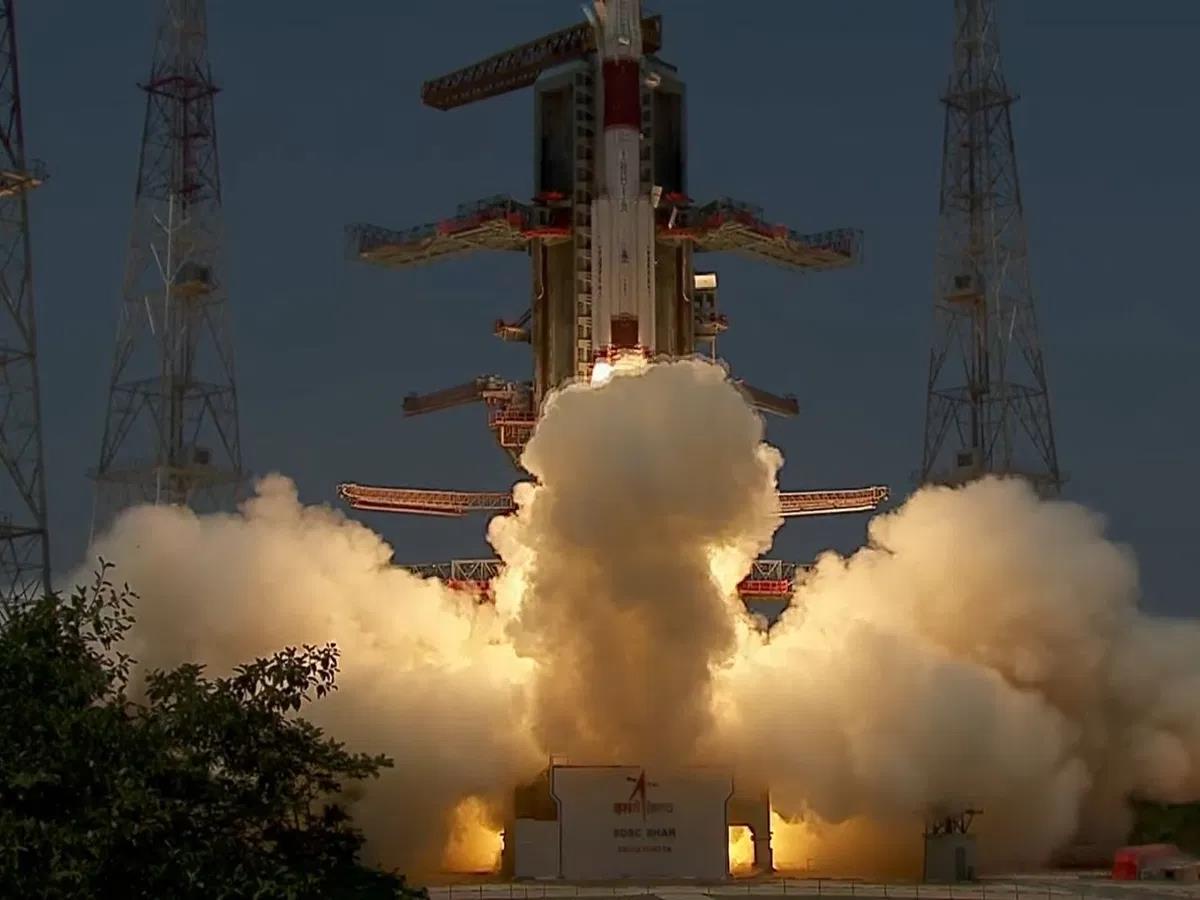(MENAFN- Khaama Press)
ISRO's Aditya L1 lifts off. (Photo credit: video grab/ISRO) On Saturday, India launched a rocket with a solar observation probe on a four-month mission towards the Sun, as confirmed by a live broadcast from the Indian Space Research Organisation.
Amidst applause from mission control technicians, the rocket lifted off from an ISRO launch pad on Sriharikota Island.
India launches sun study rocket just over a week after moon landing success.
The Aditya-L1 rocket, equipped with scientific instruments to study the Sun's outer layers, took off at 11:50 am (06:20 GMT) on Saturday, embarking on a four-month mission.
The broadcast drew nearly 500,000 viewers, with thousands assembled at a nearby viewing gallery to witness the probe's launch. The mission aims to analyze solar winds responsible for Earth's disturbances like auroras, as reported by Aljazeera.
The mission aims to understand solar phenomena dynamics through imaging and particle measurements in the Sun's upper atmosphere.
The spacecraft holds“seven scientific payloads for systematic sun study,” all developed in collaborations between ISRO and Indian scientific institutes, as stated by ISRO.
The United States and the European Space Agency (ESA) have launched variprobes towards the solar system's centre, including NASA's Pioneer program from the 1960s.
However, the recent ISRO mission aims to achieve a significant milestone by becoming the first Asian nation to place a probe in solar orbit successfully.
ShareFacebook Twitter WhatsApp Linkedin Email Print Tumblr Telegram
























Comments
No comment